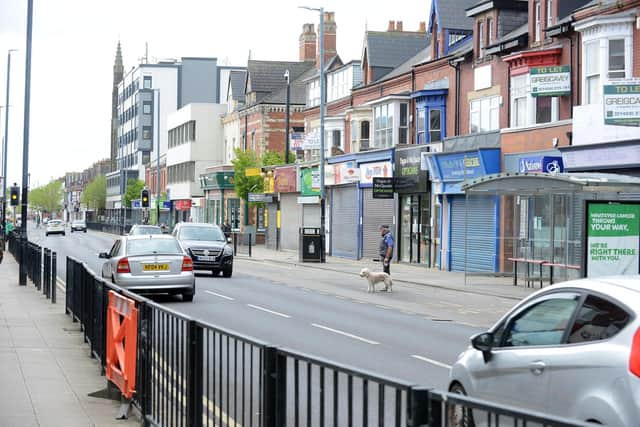The reason why the Government has said Hartlepool must remain in Tier 3
and live on Freeview channel 276
It was confirmed yesterday, Thursday, December 17, that the area will not be downgraded to a lower level of alert from Very High Risk following a review of their tier system.
Now the Government has offered more detail about why the decisions had been made – explaining how the rise in case numbers in the over 60s in areas including Hartlepool are part of the reason.
Advertisement
Hide AdAdvertisement
Hide Ad

It has said this means that if it had been put into the lower tier, it was likely it would only be for a “very short period of time” before it would be moved up again.
It had been hoped the reduction in case figures in the North East could qualify it for a drop down to Tier 2, allowing hospitality venues and accommodation to reopen, as well an easing of rules about meeting other people outside of their household or bubble.
The Government said: “Since the end of national restrictions, the situation in the majority of local authorities in the area have remained stable however the overall picture remains concerning.
"Case rates are broadly stable across the area though increases of over 10% have been seen in Redcar and Cleveland and Middlesbrough.
Advertisement
Hide AdAdvertisement
Hide Ad"Case rates in over 60s are now increasing across Hartlepool, Middlesbrough and Redcar and Cleveland and remain high.
"De-escalation too early poses a risk that transmission of the virus will increase rapidly and that this area is only in Tier 2 for a very short period of time before potential re-escalation is needed.
"The epidemiology indicators remain too high for allocation to Tier 2 and their trajectory is not consistently decreasing.”
It added that Covid admissions, bed occupancy and critical care bed occupancy in the North East sustainability and transformation partnerships are stable.
Advertisement
Hide AdAdvertisement
Hide AdThe five indicators which guide the decisions for each area through the Covid-19 winter plan, and also takes into consideration issues such as travel patterns, are case detection rates in all age groups; case detection rates in the over 60s; the rate at which cases are rising or falling; positivity rate – the number of positive cases detected as a percentage of tests taken – and pressure on the NHS.
